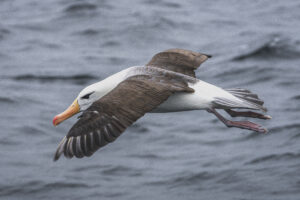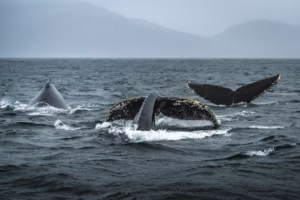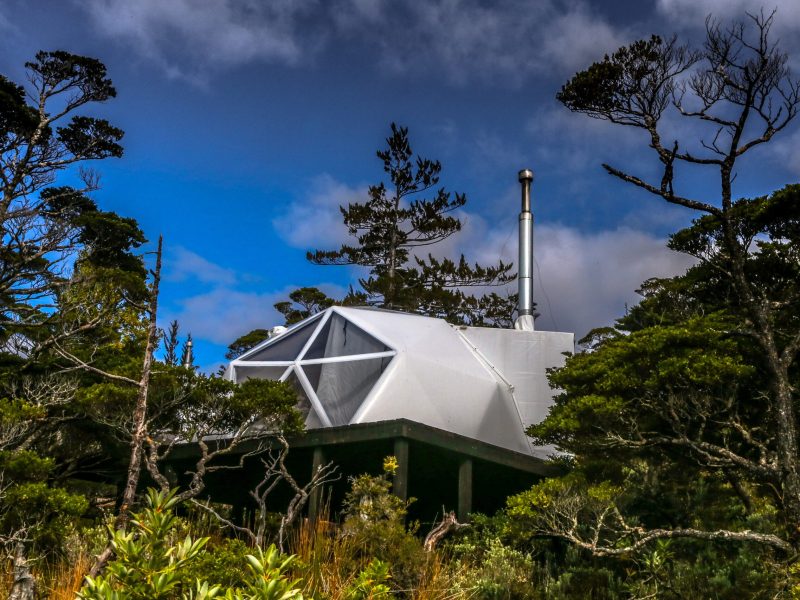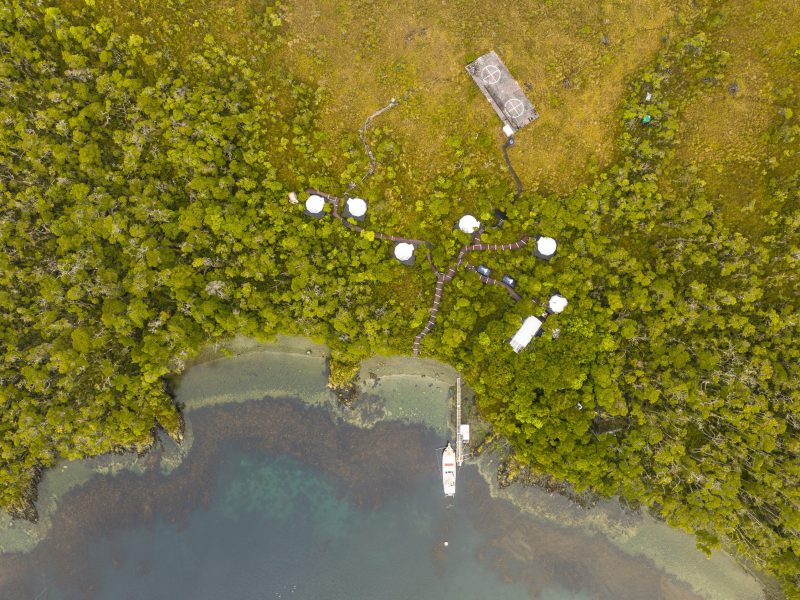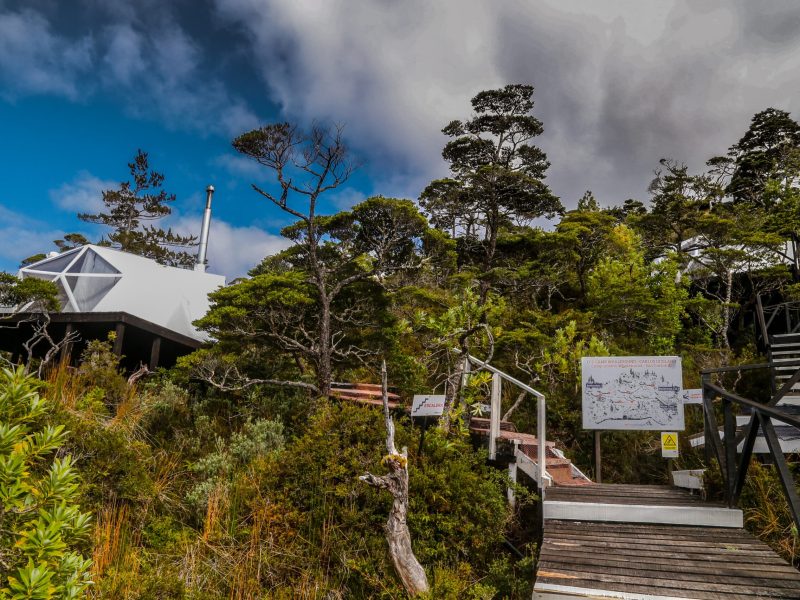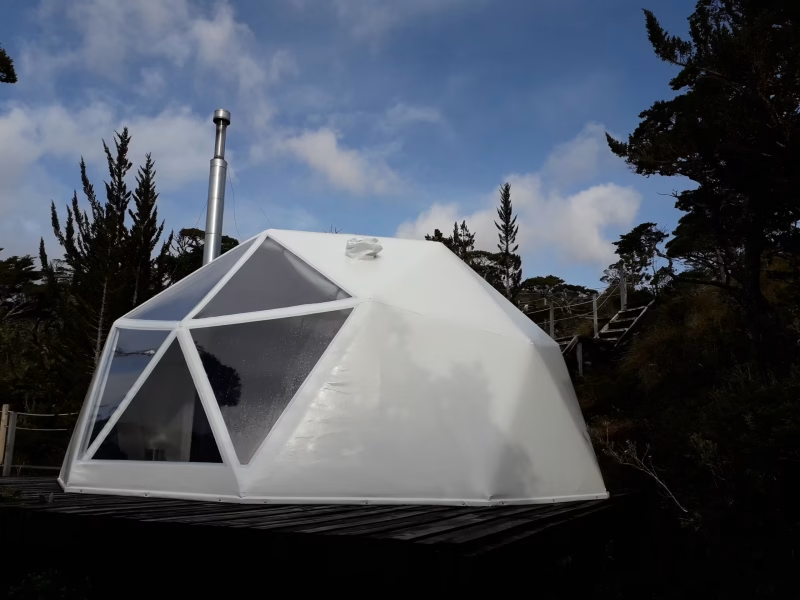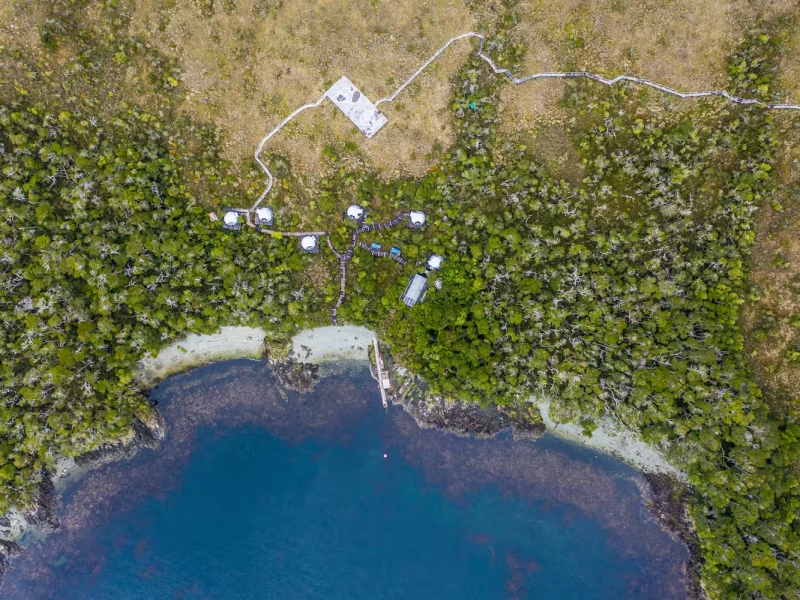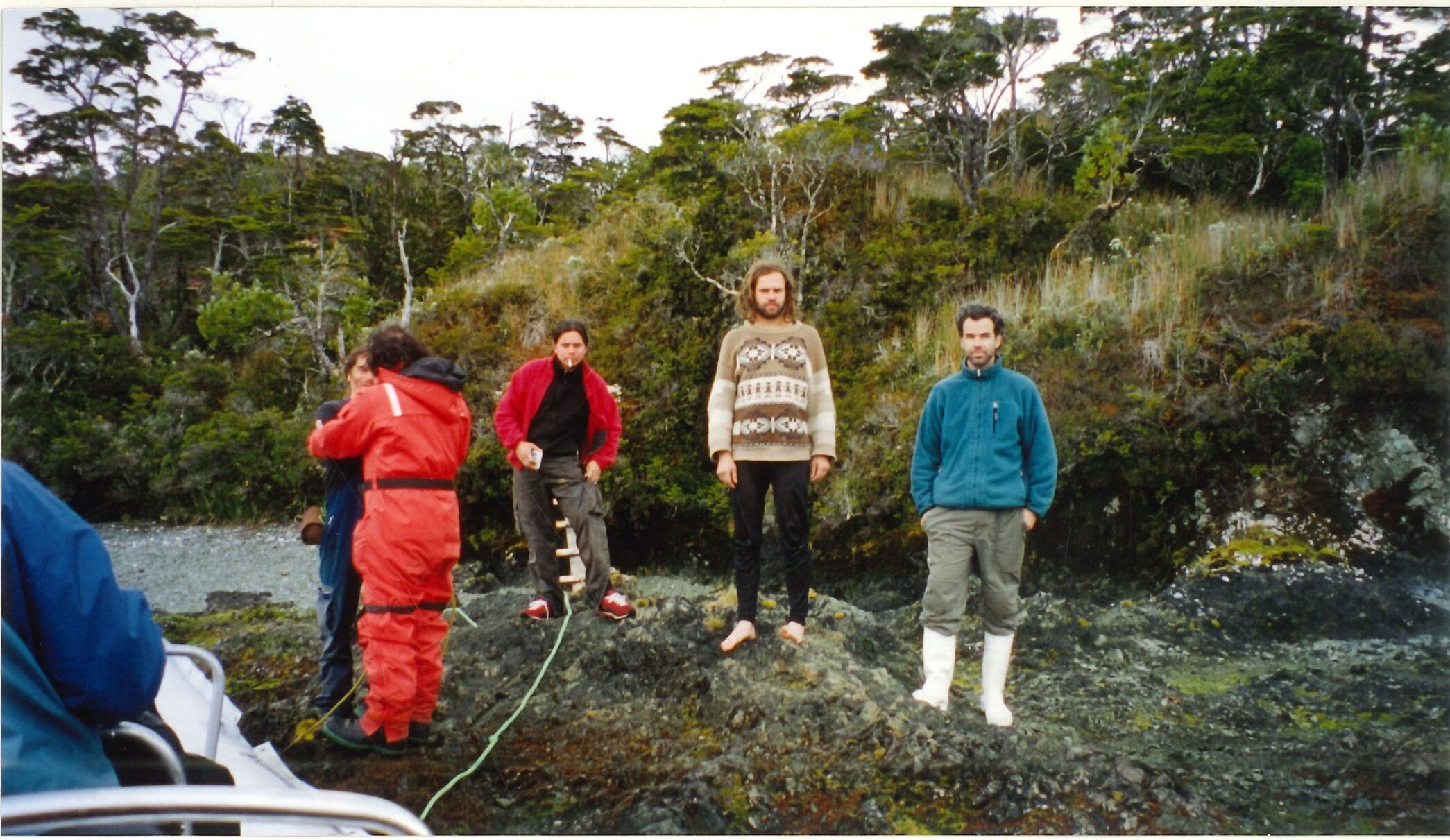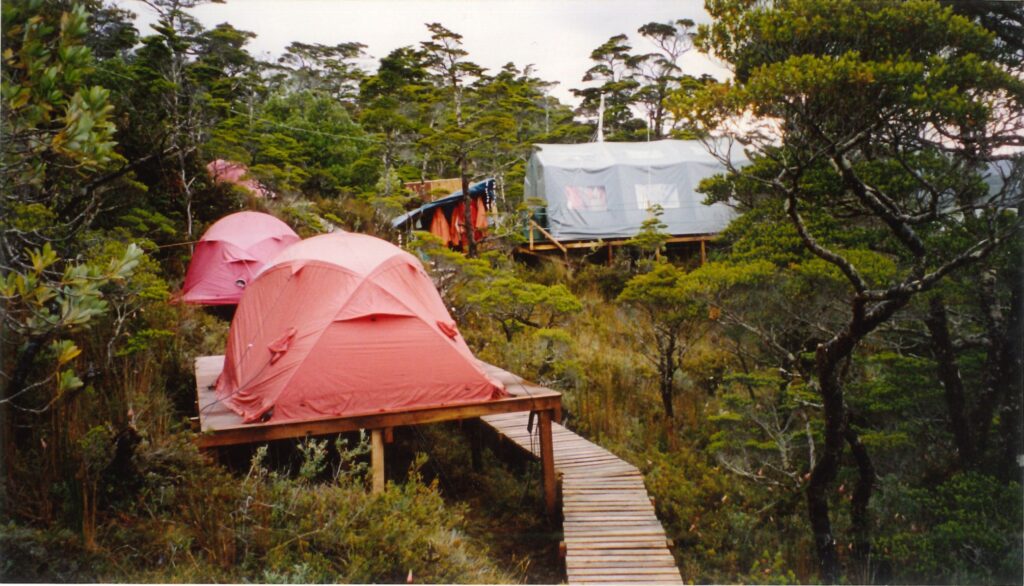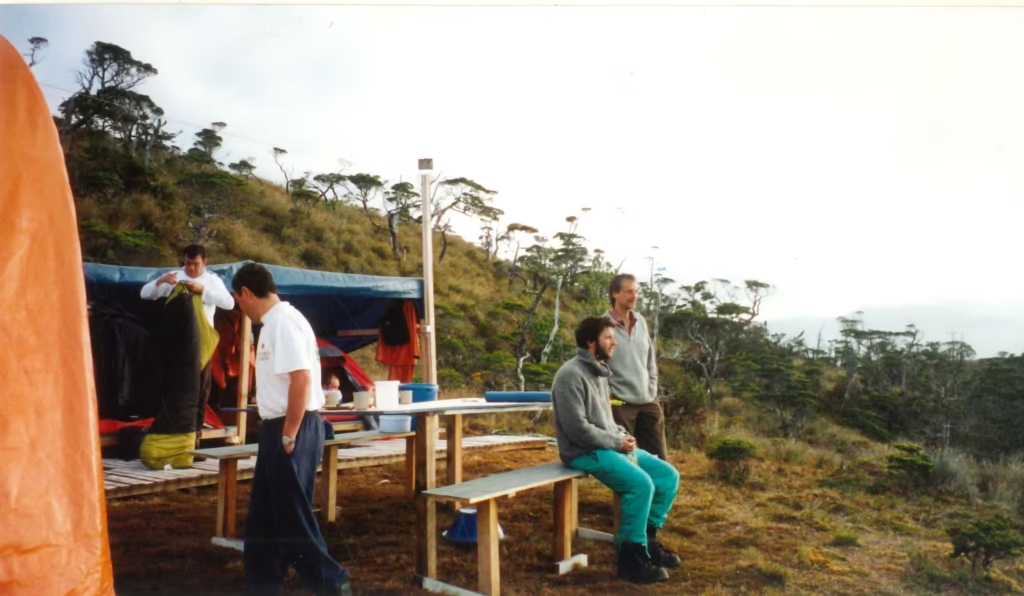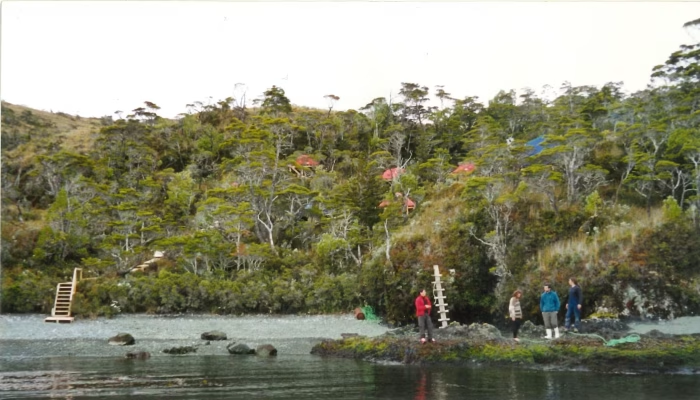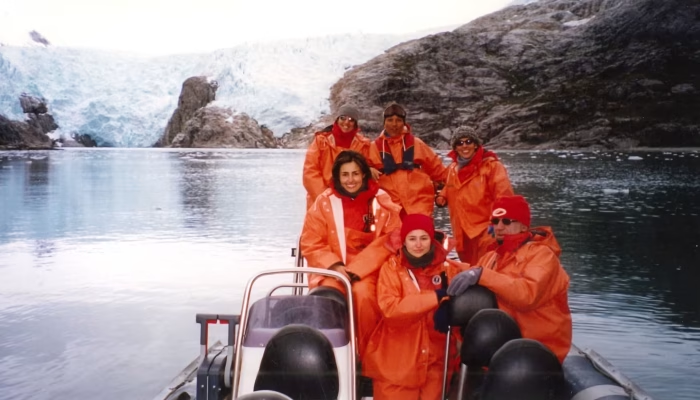Humpback whale movements in a narrow, heavily trafficked strait, Chile.
- Published in 2020
- Authors: Hector M. Guzman, Juan J. Capella, Carlos Valladares, Jorge Gibbons, Richard Condit.
- Download the full study here
Local
The Strait of Magellan is a key maritime corridor connecting the Pacific and Atlantic oceans and receives an average of more than 2,000 vessels per year, mostly from the international fleet. The southwest area, particularly around Carlos III Island, is an important summer feeding ground for humpback whales.
The objective of the study is to analyze the movements of humpback whales using satellite transmitters and their relationship with maritime traffic density to assess collision risks and propose mitigation measures.
Methodology
Sample: 25 whales tagged (21 with valid data) in campaigns 2009, 2011 and 2016.
Study area: Francisco Coloane Coastal Marine Protected Area, Strait of Magellan.
Data: 3,694 filtered positions (98 days of tracking).
Analysis: Comparison between whale location and vessel density according to AIS data (2014–2016).
Main results
Average daily movements: 8.8 km; 90% of days with movements less than 25 km.
The whales spent 55% of their time in traffic-free areas, but some individuals frequented the central channel with a high density of boats.
Average boat density in whale-infested areas: 0.27 per week (~1 encounter per month).
Risk variation between individuals: 0.02 to 0.83 ships/week.
A tagged female whale died due to a probable collision in 2016; in the last decade, five humpback whale deaths and three sei whale deaths have been recorded in the area, all near Carlos III Island.
The 58% on ships traveled at over 10 knots; on freighters and tankers, the 66% exceeded that speed.
Conclusions and recommendations
Vessel speed is a critical factor in the lethality of collisions.
It is proposed speed limit of 10 knots for all merchant vessels >200 tons between Bonete Island and Cape Holland (52 km) during December–April.
Include observers on board in the feeding season.
Extend measures also to fast tourist boats.
A route change is not feasible due to logistical costs, but speed regulation is feasible.
Importance
Reducing speed and increasing surveillance in the core feeding area could significantly reduce the risk of collisions and promote the recovery of the humpback whale population and other species that use the Strait.
